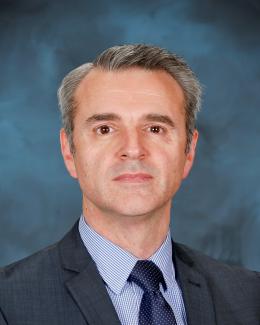Abstract
Several thorium fuel cycle variants are currently being actively pursued by the global nuclear energy community. These variants have short-, medium-, and long-term deployment pathways in a variety of reactor types, including thorium-fueled molten salt reactors. Those pathways in turn give rise to a variety of fuel designs, fuel cycle facilities, and nuclear material processing requirements. These emerging fuel cycles will impact the technical implementation of safeguards, and they already raise questions about the applicability of current verification technologies. To address this issue, research is being performed to produce a detailed safeguards technology road map. It will include a needs assessment of the detection research and development (R&D;) necessary to transition the current safeguards technology toolkit to meet the verification needs of thorium fuel cycles, and to formulate the scientific basis for building new instrumentation to fill any potential capability gaps. The purpose of this technology road map is to define and inform on the safeguards technology needs for thorium fuel cycles, reflecting only the leading candidate thorium fuel cycles prioritized based on implementation timescales and the current direction of international programs. This work provides a guide to the priorities for future directed R&D; needed to bring the technology readiness levels (TRLs) of safeguards detection solutions in line with the higher TRLs of the most promising thorium fuel cycles. Herein, a summary is presented of thorium fuel cycle options and activities currently under way worldwide, which provides the technical basis for the needs evaluation. The key synergies and differences between these fuel cycles and current conventional uranium- and plutonium-based fuel cycles will be discussed from a nuclear material accountancy and detection standpoint. Reactor inventory calculations, fuel cycle simulations, and conclusions from the safeguards technology needs assessment will be presented, together with plans for experimental validation.






